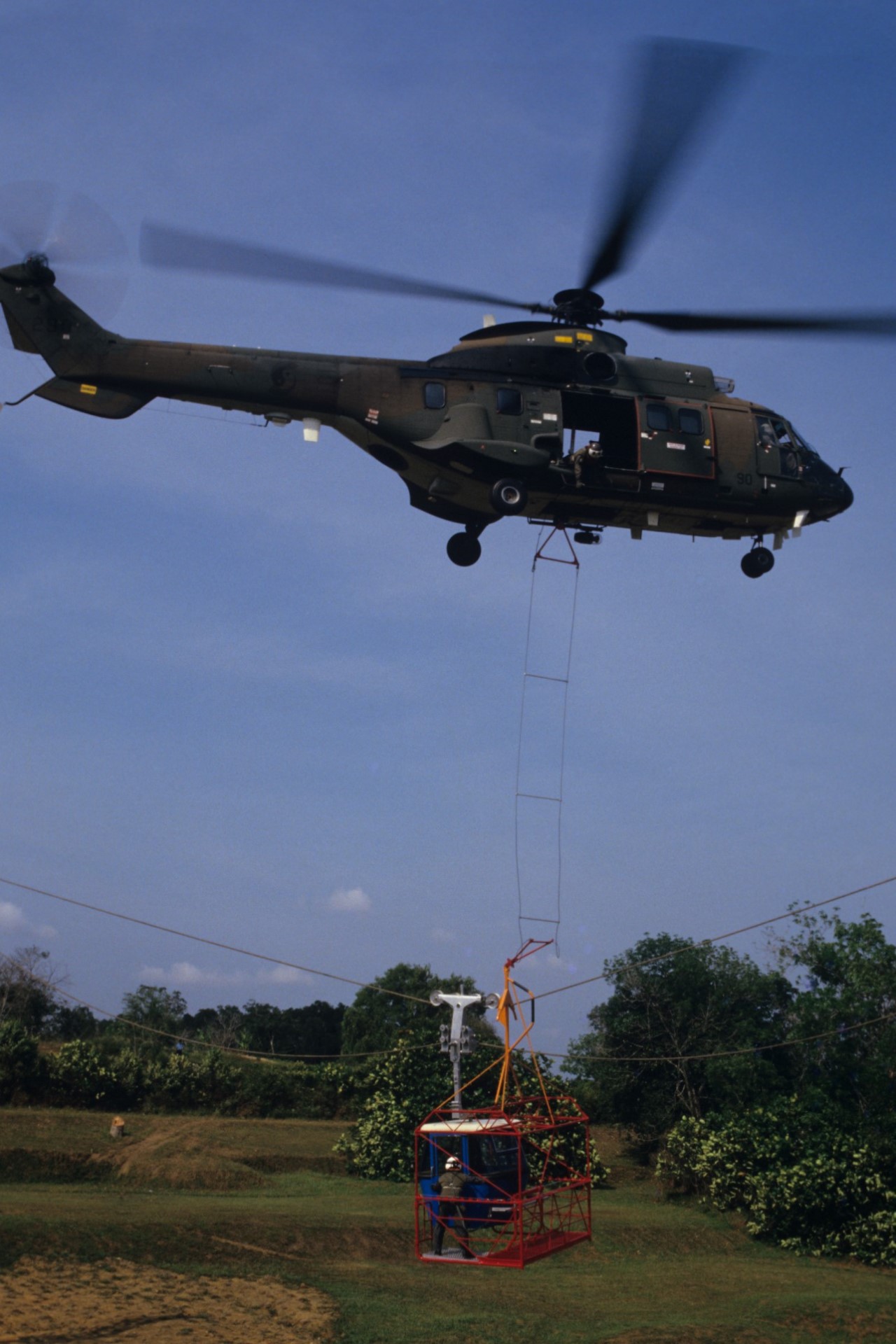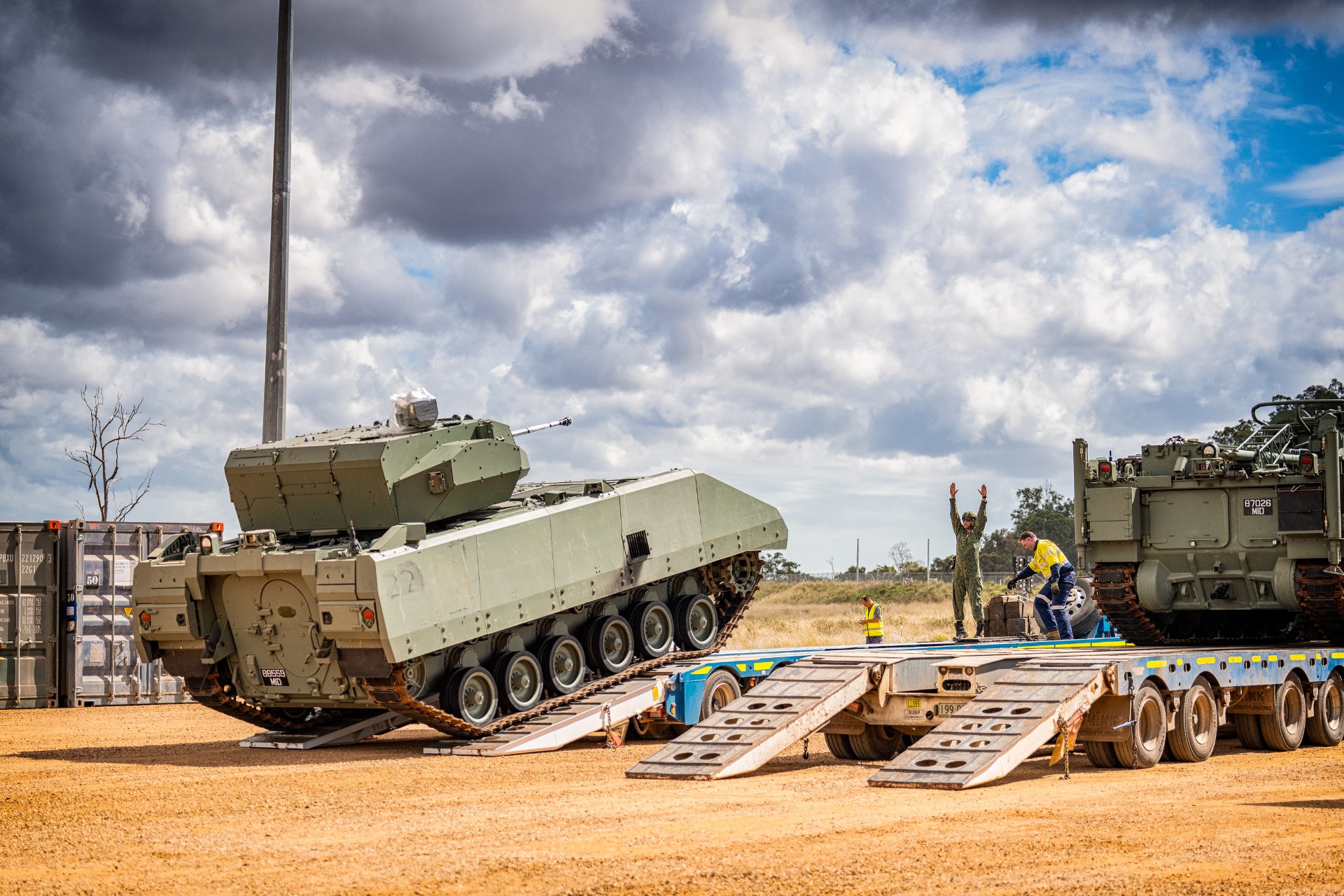OPS & TRAINING
Daring rescue: 1983 Sentosa cable car accident
27 Jan 2023
40 years ago, the Singapore Armed Forces (SAF) sprang into action as part of the Sentosa cable car incident. Here's a look back at what happened.
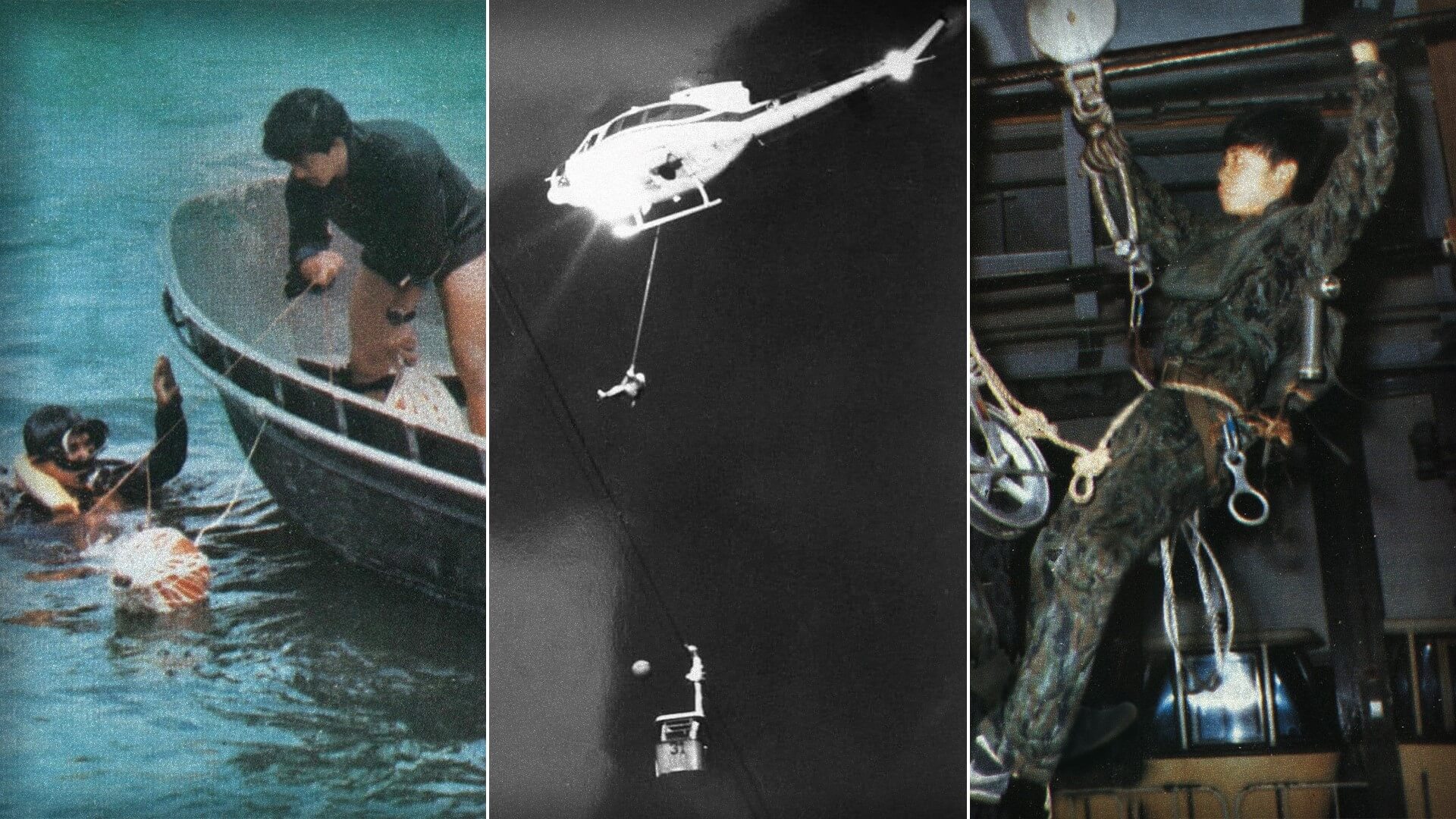
What happened?
On 29 Jan 1983, the derrick of the oil drillship Eniwetok collided with the Sentosa cableway when it broke loose from its tugboats and drifted with the tide after unberthing from the nearby Oil Wharf. Two cable cars were dislodged and plunged into the sea, killing five passengers.
In an interview with The New Paper in 2011, passenger Jagjit Singh said: "We looked out of the window, and saw the cable car ahead of us also swaying wildly. That was when I knew something was wrong."
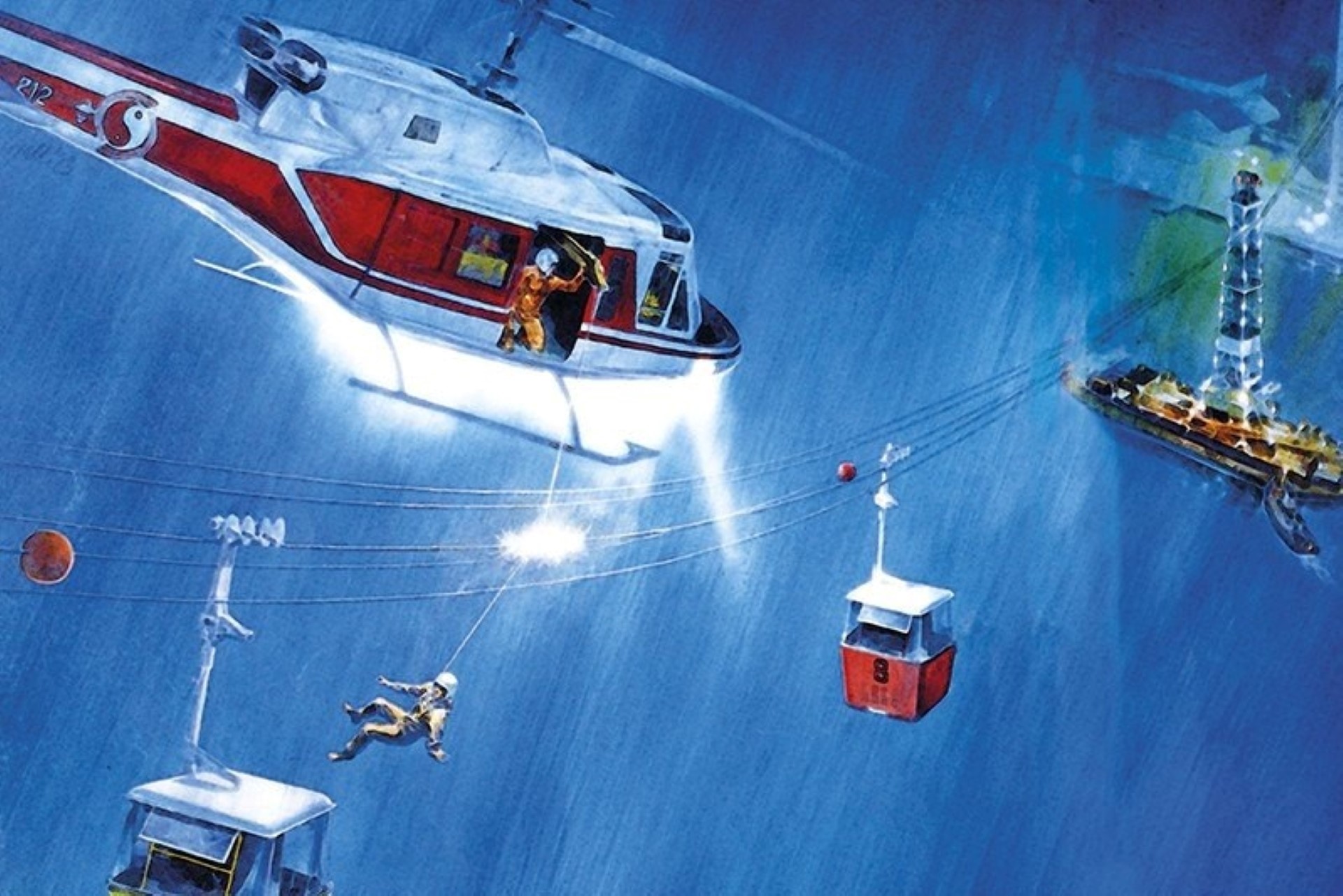
Another cabin oscillated swung so fiercely, three of its seven passengers were flung out. Mr Jagjit's cousin Tasvinder, then only 22-months-old, survived and was rescued, but his uncle and grandmother did not survive the 55m fall.
It was a harrowing night of terror for the 13 other passengers trapped in four other cabins – two were suspended above the sea and two over land.
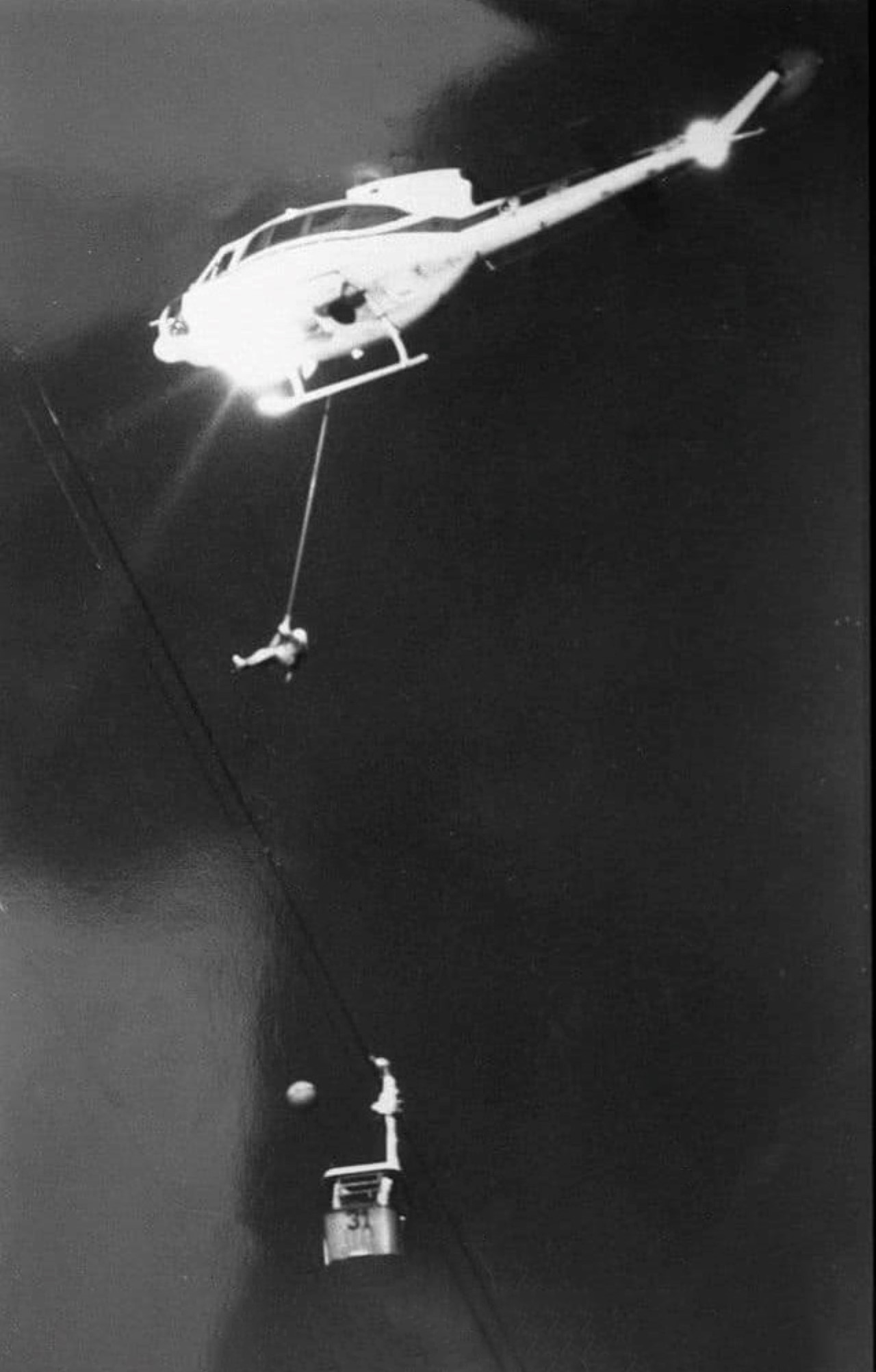
How were the surviving passengers rescued?
Led by Prime Minister Lee Hsien Loong – who was then a Colonel in the SAF – the rescue planning team considered three options.
"We studied several options of retrieving the people from these cars together with the PSA (Port of Singapore Authority), the police and the fire brigade," said Mr Lee.
The first was the use of tall structures to reach the stranded passengers. Ideas included a fire brigade snorkel ladder for the cars over land and a floating crane for those over water. However, this option was shelved as neither the snorkel ladder nor crane were tall enough.

The second option was to deploy the SAF commandos, who would be sent out in pairs to crawl along the cables, secure the cars to the cables and use harnesses to lower the passengers down to safety.
However, the planning team was concerned that this might "put too much stress on the lower cable and the clamps might give away and send everything crashing into the sea", said Mr Lee. It was left to be the backup plan if the next option failed.
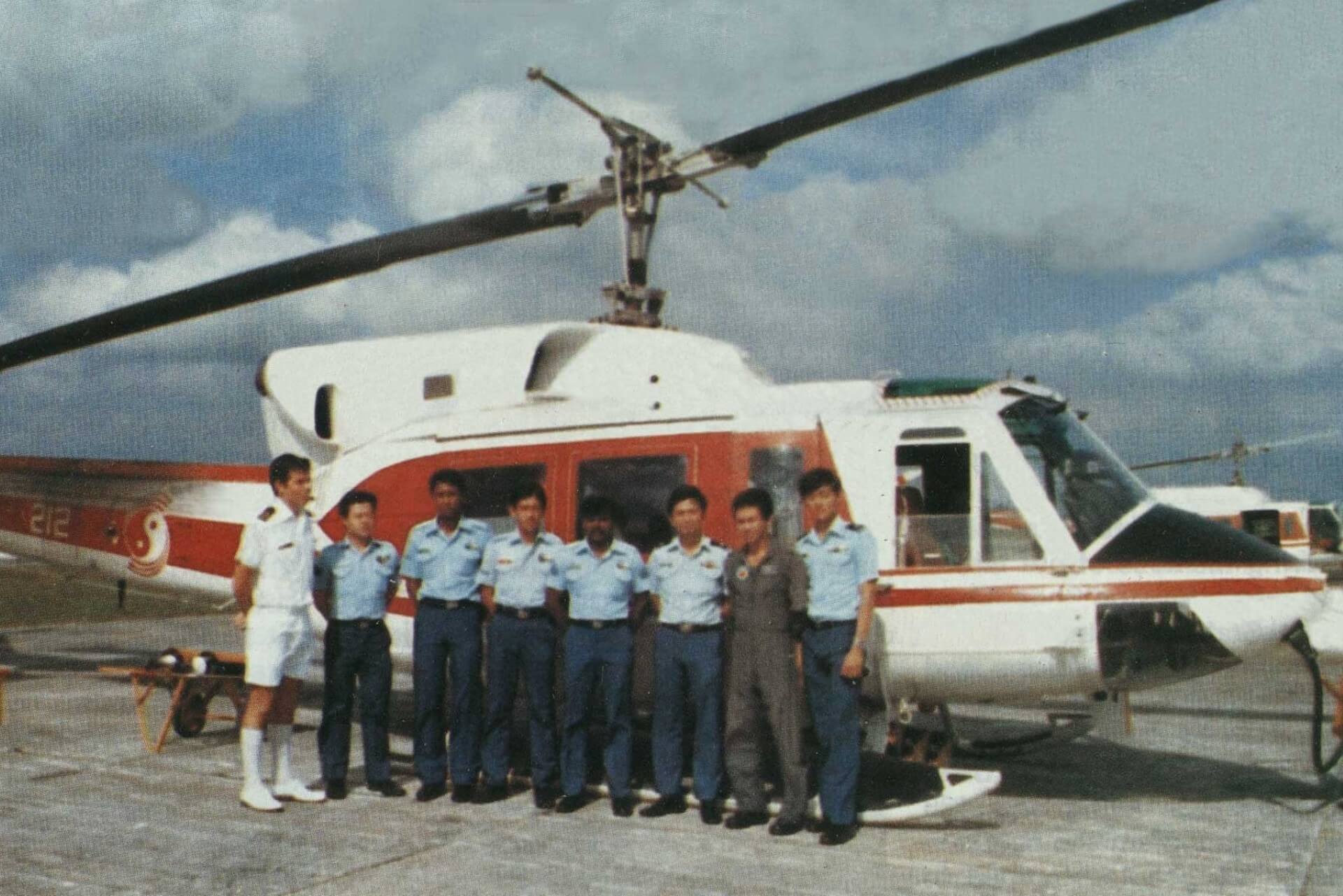
The third option relied on using two Bell 212 helicopters from the Republic of Singapore Air Force (RSAF), each with a crew of four, to mount a mid-air rescue. The winchmen would be lowered down to the cable cars, and rescue the passengers up to the helicopters.
Although there were concerns about the flying conditions and movement of the cable cars from the downdraught from the helicopters' rotor blades, this option was ultimately chosen and utilised.
The helicopter rescue operation began at about 12.45am on 30 Jan 1983, seven hours after the accident occurred. One of the helicopters rescued six people from the two cars over land, while the other rescued seven people trapped in the two cars over water.
"I was swinging like a pendulum. My safety cable scraped against the cable car cable, causing sparks which scared the trapped passengers… This mission showed how our Air Force, even at that time, was capable of handling difficult situations that were maybe beyond our normal scope of operations."
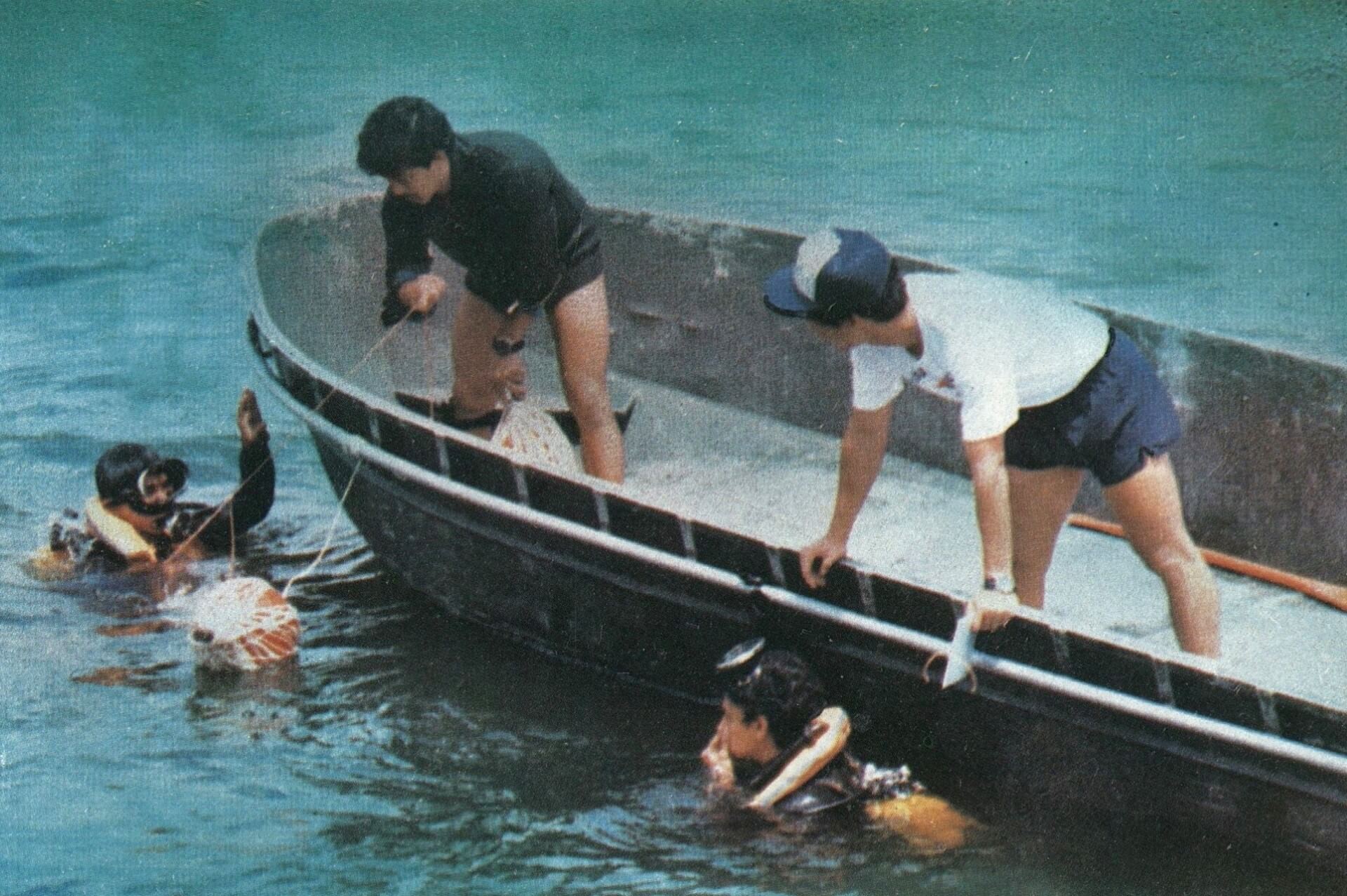
What resulted in the aftermath?
Investigations later revealed that the installation of the Eniwetok's drilling derrick had increased the ship's height to 69m, exceeding the Sentosa cableway's 56.5m clearance height.
A commission of inquiry deemed that that the main cause of the tragedy was the Eniwetok crew's ignorance of the ship's new height, and negligence by the ship's master and chief officer, as well as the PSA-appointed pilot.
After the incident, the PSA prohibited all vessels taller than 52m –which was the height of the Sentosa Cableway – from being berthed at the Oil Wharf.
The waterway in Keppel Harbour was later designated a Height Restriction Area. Ships with a height taller than 52m were banned from the area, while those between 48m to 52m in height had to seek the written permission of the port master to enter, shift or leave the area.

The Sentosa cableway resumed operations in August 1983, after seven months of rigorous testing and repairs. Singapore Cable Cars also installed a one-way radio communication system to enable passengers to receive messages from the operator if needed.
Three years after the incident, the PSA installed a laser system to determine the height of ships entering the restricted area. Alarms would be set off at the Port Operations Centre if vessels exceeding the programmed heights crossed the laser beam.
In 1987, the RSAF began training using a new rescue system designed specifically for cable car accidents. This "cable car survival cage rescue" system – developed in Switzerland – involved a 2m x 2m x 4m cage weighing 200kg. Constructed with hollow metal bars, it could take up to six passengers (exclusive of the air crew) and was not affected by strong wind.
ALSO READ IN OPS & TRAINING
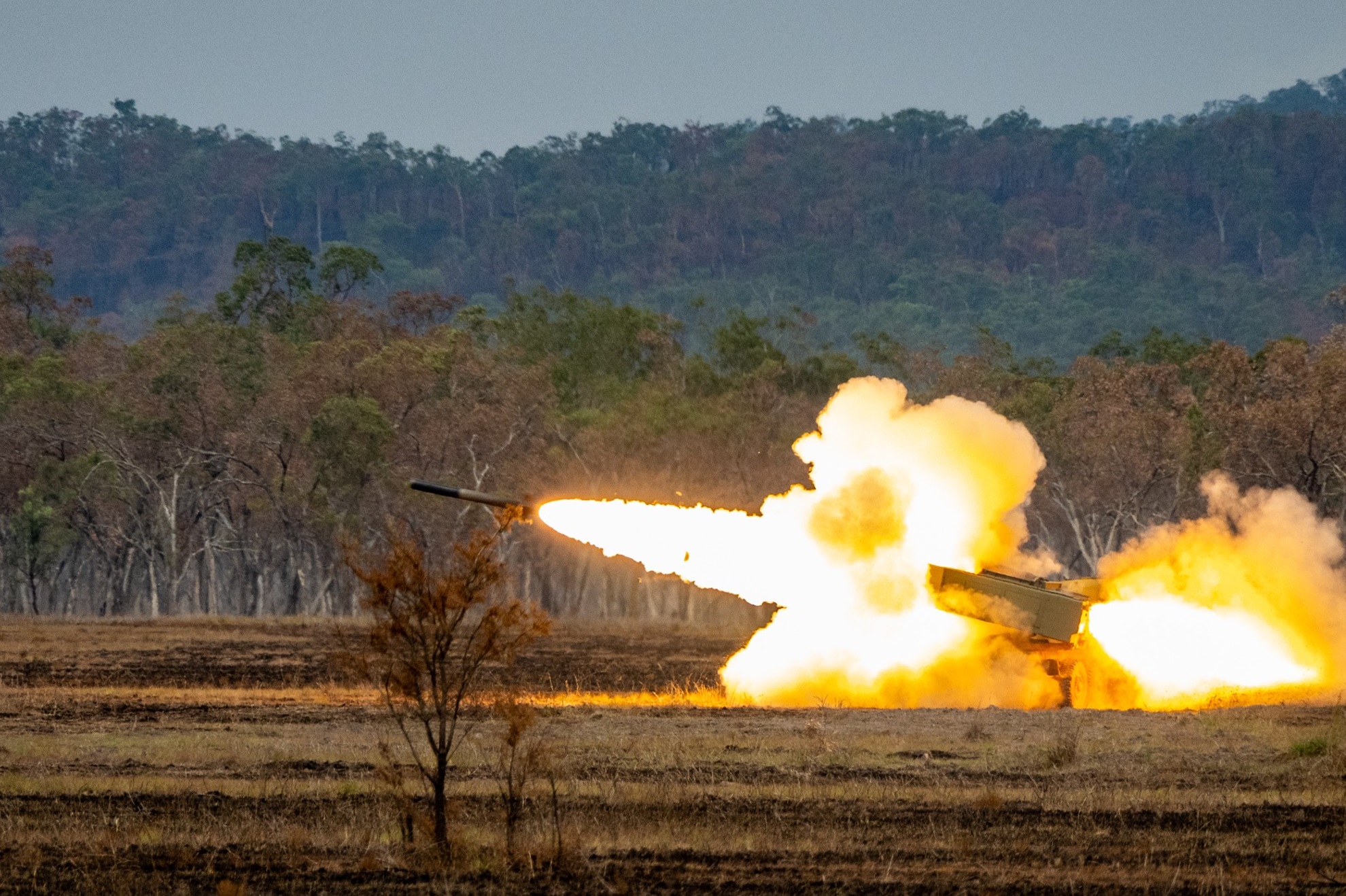
Exercise Wallaby 2025: To see better, shoot faster
31 Oct 2025
The SAF focuses on complex strike missions and multi-domain integration in Exercise Wallaby 2025, the 35th edition of its largest unilateral overseas exercise.

Ex Wallaby 25 – Greater Integration and Complexity
25 Oct 2025
The 35th edition of the SAF’s largest unilateral overseas exercise is an opportunity for expanded scale and deeper integration towards an effective, networked fighting force.

Ex Forging Sabre ramps up use of unmanned assets in integrated strike operations
12 Sep 2025
In this 10th edition of Exercise Forging Sabre, the SAF sharpened its cutting edge for the dynamic modern battlefield, with expanded integration between manned and unmanned platforms.


